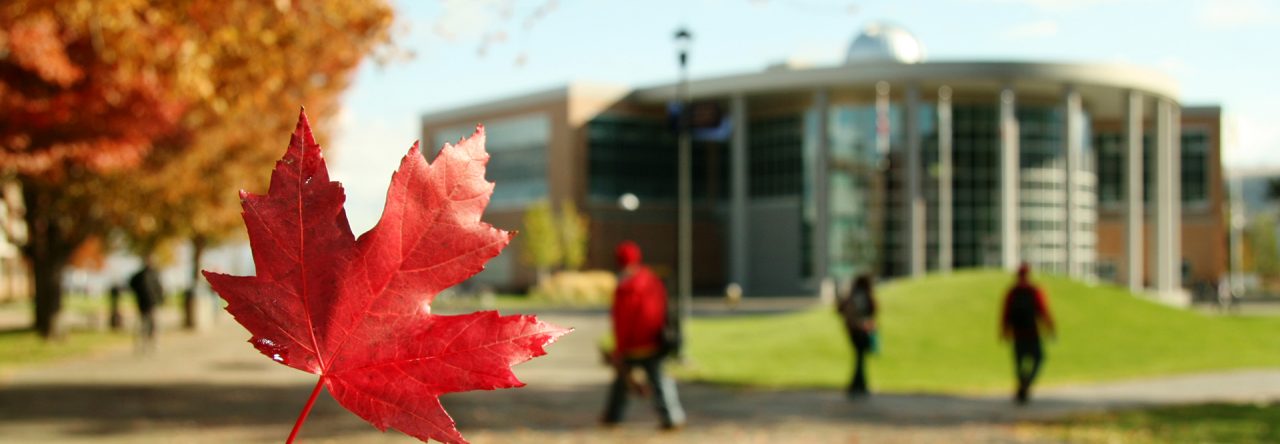by Carolyn Ives and Rhonda McCreight, CELT
The Connection between Movement and Learning (Carolyn)
When I lived in Edmonton, I was a regular attendee at free outdoor workouts hosted by November Project, an international fitness and community-building movement. I noticed that although the workouts started at 6:00 AM, and even through the harsh Edmonton winters, people still attended in droves, so a colleague and I decided we could learn a lot about fostering motivation in the classroom from these gatherings. We decided to bring a group of faculty members to six November Project workouts spanning two weeks and, after each, host a workshop to discuss what learning from this community we can apply to classrooms. The workshops focused on the value of building classroom community, fostering student motivation, creating classroom rituals, integrating movement for deeper learning, and using the city as a living lab or classroom space—all things that had been modelled in the November Project workouts. We shared our results at the POD Network Conference in 2018.
What we learned from this project about movement and learning is supported by research, which has shown that physical movement can have a profound impact on learning (Ferrer & Laughlin, 2017; Medina, 2014; Hrach, 2021; Ratey, 2008). In her book Minding Bodies: How Physical Space, Sensation, and Movement Affect Learning (2021), Susan Hrach argues that we should no longer treat students as “brains on sticks” (ix)—meaning rather than focusing on only their cognitive engagement, we should approach learning holistically, engaging students in their bodies as well as their minds to support deeper learning. MacLean’s magazine has posted an article about this book, called “Why Movement Is Critical to Learning.”
Although Hrach’s book isn’t available as an open access resource, there are several online sources for ideas about how to incorporate movement into your classroom. While some of them focus mainly on K-12 classrooms, some of them, such as this page from the University of Michigan and this article from Times Higher Education, offer strategies appropriate for a post-secondary classroom.
Additional Examples of Integrating Movement into Learning (Rhonda)
The use of gaming in educational development has been widely researched and celebrated for its ability to engage learners in the kinesthetic domain, amongst other significant attributes (Hu-Au & Lee, 2017). The educational YouTube video What can teachers learn from gaming design? challenges the viewer to consider “how game design helps us fundamentally understand classroom design.”
Hu-Au and Lee (2017) describe virtual reality (VR) as “an immersive, hands-on tool for learning that can play a unique role in addressing passive and disengaged students” who may otherwise struggle to see the value of what they are learning (p. 217). VR can address essential skills in the learner such as “empathy, systems thinking, creativity, computational literacy, and abstract reasoning” (p. 217).
Here is an introduction to some VR training videos that you might consider in your curricula:
How Can This Work for You?
The resources linked below include strategies you can use in your own context. As you plan your courses for the fall semester, consider how you might take advantage of the deep learning that can accompany movement: How might you incorporate movement into your classroom?
References and Resources
Braybrook, S. (2022, Mar 22). Why and how to bring physical movement into the classroom. Times Higher Education. https://www.timeshighereducation.com/campus/why-and-how-bring-physical-movement-classroom
Digital Engineering Magic (2020). VR Safety Training for Electric Power Industry. Retrieved at: https://www.youtube.com/watch?v=5AsksACwdDE
Ferrer, M.E., & Laughlin, D.D. (2017, Feb. 26). Increasing college students’ engagement and physical activity with classroom brain breaks. Journal of Physical Education, Recreation & Dance, 88(3), 53–56. https://doi.org/10.1080/07303084.2017.1260945
Hu-Au, E. & Lee, J.J. (2017) Virtual reality in education: a tool for learning in the experience age. Int. J. Innovation in Education, Vol. 4, No.4.
Hrach, S. (2021). Minding bodies: How physical space, sensation, and movement affect learning. West Virginia UP.
Human Restoration Project (2022). What can teachers learn from video games? https://www.youtube.com/@HumanRestorationProject Retrieved from: https://www.youtube.com/watch?v=HMCpT671c9k
Kong, S.L. (2021, July). Why movement is critical to learning. MacLean’s. https://macleans.ca/education/why-movement-is-critical-to-learning/
The Learning Centre. (n.d.). Movement and learning. University of North Carolina at Chapel Hill. https://learningcenter.unc.edu/tips-and-tools/movement-and-learning/
LSA Learning & Teaching Technology Consultants. (2021). Using movement to increase student engagement and learning. LSA Technology Services. University of Michigan. https://lsa.umich.edu/technology-services/news-events/all-news/teaching-tip-of-the-week/using-physical-movement-to-increase-student-engagement-and-learning.html
Medina, J. (2014). Brain rules: 12 principles for surviving and thriving at work, home, and school. Pear Press.
Random42 Scientific Communication (2019). Intercellular – an interbody VR experience. Retrieved from: https://www.youtube.com/watch?v=aogLFedcnTI
Ratey, J. (2008). Spark: The revolutionary new science of exercise and the brain. Little, Brown, & Co.
Stem-urpbl (2020) VR Chemistry lab overview. Retrieved from: https://www.youtube.com/watch?v=md-ijiH9Q_0
1000 realities studio. (2020) Fire and Evacuation VR Safety Training. EHS Virtual Reality Training. Retrieved from: https://www.youtube.com/watch?v=VizQzKjzUHk

Leave a Reply